As parents and caregivers grapple with climate anxiety (their own and their children’s) and how to discuss climate change with their families, one thing remains certain: we all want a safe, healthy and joyful future for the children in our lives.
Although only about half of parents have had the climate change conversation with their little ones, 3 out of 4 Americans (74%) feel they have a “moral obligation” to make the world a better place by addressing climate change not only for their own children and grandchildren, but for all children to come.1 This starts with understanding the latest information about how our world is changing and what those impacts will look like for different communities, populations and systems.
Enter > the AR6 Synthesis Report: Climate Change 2023 (AR6), the latest report from the United Nations’ body on climate change (the Intergovernmental Panel on Climate Change or IPCC), released this past March. The report summarizes what we know about the status of climate change worldwide, the trends that are emerging, what impacts are taking hold and for whom, and what policies and actions are likely to slow down foreseeable effects.
From my standpoint as a parent and early childhood and climate justice advocate, here are my five big takeaways from this landmark report:
1. “The extent to which current and future generations will experience a hotter and different world depends on choices now and in the near term.”
The IPCC has “high confidence” that – unless we quickly make drastic cuts to emissions – global temperature change will exceed 2.7°F (1.5°C) during the 21st Century, a threshold that would trigger more severe climate events, humanitarian impacts and systems disruptions. The report indicates that if current emissions trends continue, climate change will progress rapidly, and we will not be on a path to creating a safe and just world for our children.
Frighteningly, it adds that children born in 2020 could see a global temperature change of up to 4°C in their lifetime if global emissions reach “very high” levels, but emphasizes that “future experiences depend on how we address climate change,” and that “the choices and actions implemented in this decade will have impacts now and for thousands of years”— important reminders to those who care about the future of young children.
2. Climate change is inclusive of more than just the weather.
When you think of climate change, it’s hurricanes, floods and droughts that most often come to mind. But the AR6 reminds us that the actual climate event is just one piece, as they also have significant widespread and long-term impacts on the systems we rely on to support ourselves and our children, like food and health care. It also emphasizes that successful climate change adaptation must include “increasing health systems resilience” and “improving access to mental health care,” both of which are likely to see increased demand as climate change progresses.
Ensuring that our food, health care and other systems meet the distinct needs of infants and young children – even amidst increased overall demand – will take us together making the case that climate change is an early childhood issue, and advocating for our youngest children where climate change adaptation and mitigation is discussed.
3. We must place the needs of climate-vulnerable and historically marginalized groups at the center of climate adaptation.
Though young children and pregnant people are mentioned only sparingly in the version of the AR6 that is currently available (and we hope to see that change in future reports), the authors frequently point out that the needs of climate-vulnerable and historically marginalized groups must be at the center of climate adaptation efforts.
The AR6 points out that some of the best climate change adaptation efforts are inclusive of “carefully designed and implemented laws, policies, participatory processes and interventions” that address the specific contexts and inequities experienced by these groups. The authors also remind us that what is good for the climate is often mutually reinforcing to human health and well-being, citing the example that “improved access to clean energy sources and technologies generate health benefits, especially for women and children.” They also share the importance of integrating climate resiliency into social protection programs that are supported by strong “basic services and infrastructure.” As far as we’re concerned, that includes strong early childhood systems and greater access to child care, home visiting, and doula services.
4. Grassroots movements have likely made a difference.
The AR6 indicates that public awareness campaigns and social movements have likely pushed governments and other decision-makers to set more ambitious targets to address climate change. These movements have “helped accelerate political commitment and global efforts,” have served as “catalyzing agents,” and, in some cases, have “influenced the outcome and ambition of climate governance” in various regions across the globe. If you have been part of those campaigns, take this section of the AR6 as a sign of encouragement that the movement you were a part of contributed to change.
5. Continued engagement and advocacy around climate change is essential to reducing emissions and creating a brighter future for our children.
The AR6 emphasizes that active participation in inclusive planning processes in our communities is key to slowing climate change and ensuring that we are resilient to climate events in the years ahead. The authors state that “inclusive governance processes facilitate effective climate action” and “climate resilient development benefits from drawing on diverse knowledge.”
If we want climate-adapted communities that are safe and supportive of our youngest children, the “diverse knowledge” that informs climate planning must include the expertise you have developed as a caregiver about what infants and children in your community need and what resources are available to families. Get involved in local planning efforts and encourage organizations in your community to make use of the Environmental Protection Agency’s environmental justice grants, including the Environmental Justice Small Grants Program.
For more big take aways from the AR6 report, check out summaries from NPR and climate scientist Katherine Hayhoe.
Start Early is a proud member of the Early Years Climate Action Task Force, a group cross-sector group of early childhood and climate change leaders who are writing the first U.S. Early Years Climate Action Plan. Be the first to know when we share the final plan this fall.
1 Anya Kamenetz. (2022). “This of the Children: The Young–And Future Generations–Drive US Climate Concern.” The Aspen Institute & Capita Social, Inc.: Washington, DC.



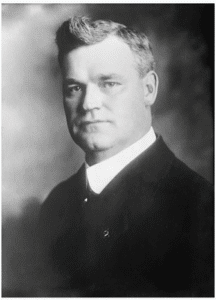

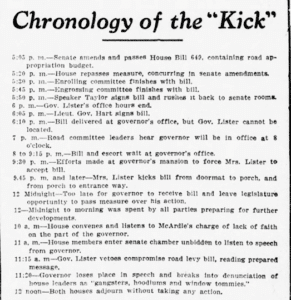
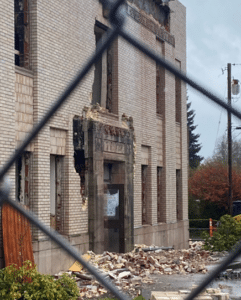

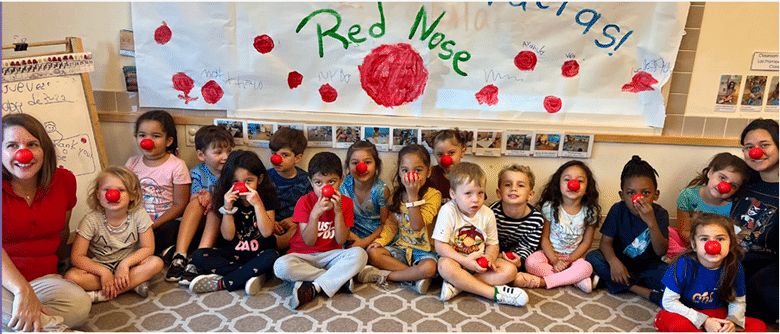




 Washington State Governor’s Mansion
Washington State Governor’s Mansion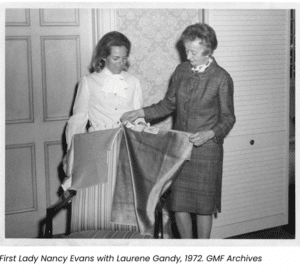 (Photo Credit:
(Photo Credit:  Governor “Batman” Inslee and First Lady “Robin” Inslee pose with some of their super-hero grandchildren
Governor “Batman” Inslee and First Lady “Robin” Inslee pose with some of their super-hero grandchildren

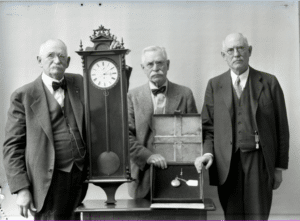 The Talcott Brothers – Charles, Grant, and George circa 1960
The Talcott Brothers – Charles, Grant, and George circa 1960 Current Washington State Flag
Current Washington State Flag Original State Seal, 1889
Original State Seal, 1889